
Towards Maastricht
the realization of the European union
pp. 109-132
in: , Europe as an idea and an identity, Berlin, Springer, 1998Abstract
The Europe rising from the ruins in 1945 had suffered two major wars in the space of 30 years. It was no wonder, therefore, that its statesmen were in the right frame of mind to ponder ways of preventing another war of the same calibre. The West was also afraid of the Soviet Union. The spread of communism was felt to be a threat that could only be warded off by a strong, united Western Europe. Paul-Henri Spaak, the Belgian advocate of the policy of European integration and drafter of the Treaty of Rome, recalled in his memoirs that many European statesmen since the war have been honoured with the title of "father of European integration". Yet there was not one, in his opinion, who deserved the title, which belonged exclusively to Joseph Stalin. Spaak naturally meant that the threat of communism encouraged the western European countries to a closer cooperation, which gradually led to European integration.


